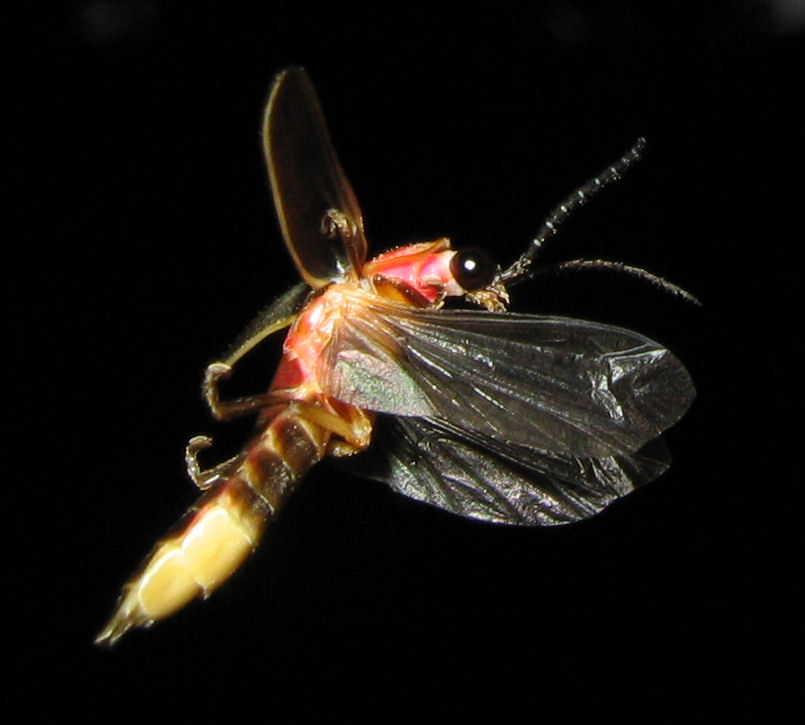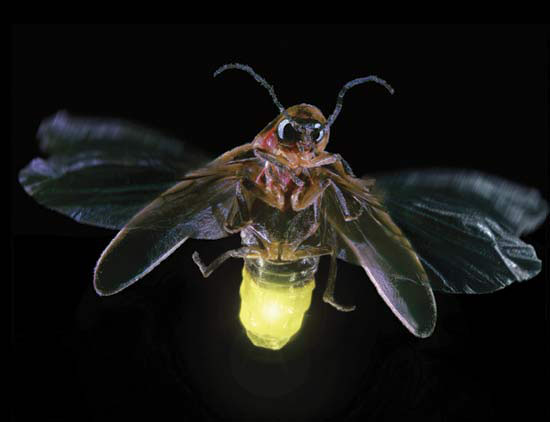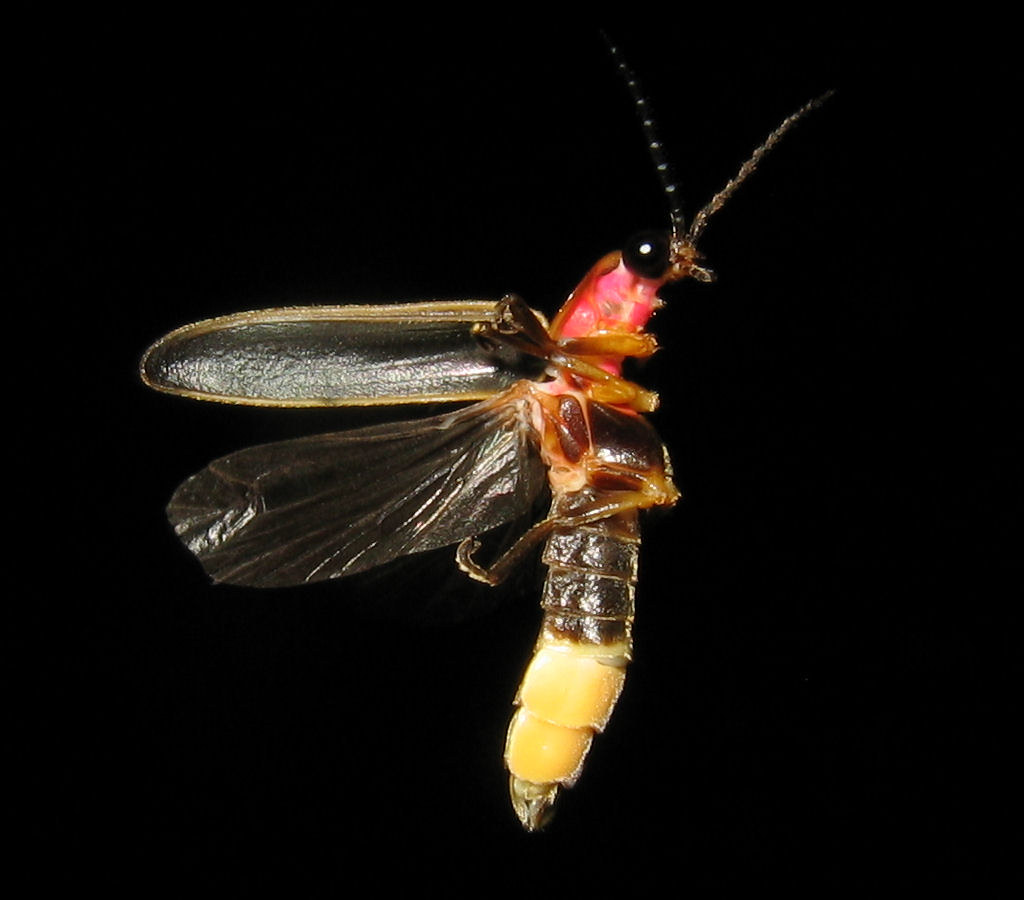Fireflies, or lighting bugs as my dad used to call them, are a glowing. We usually see them from the middle of June into July in our backyard.
This is an excerpt from the Wild Ones Journal
Current members can log in to read the latest issue or check out the Journal Archives.
Fireflies, however, are actually not flies at all; they are beetles belonging to the family Lampyridae. They need specific habitats to thrive, preferring moist soils and decaying organic matter.
Why moist soils and decaying organic matter?
Adult female fireflies lay their eggs in moist soil. After they emerge a few weeks later, the larvae live in the moist soil or beneath decaying organic litter eating slugs, worms and other soft bodied insect larvae. After a year or more, during the late spring, the larvae will pupate underground and emerge as adults ready to mate. That’s when the dance of the fireflies begins.
We are fortunate our backyard is compromised by only a little stray urban light. So as dusk settles in, the fireflies flicker over our prairie and lawn. They are signaling their desire to mate.
Pollinators?
As larvae, fireflies are highly effective predators, feeding on a variety of soft-bodied invertebrates. Many species of adult fireflies do not eat at all, while others consume nectar or pollen. With the exception of a few predatory species, most fireflies primarily consume dew, plant sap, or nectar. Some species visit flowers for nectar and pollen, making them effective pollinators during their visits.



Common eastern flierfly (Photinus pyralis). Photos by Terry Priest/Flickr
Conservation
Like pollinators in general, firefly populations are in decline. When we first planted our prairie, we saw hundreds in the evenings; now we’re lucky if we see five to eight in an evening. Over 170 species of fireflies are found in North America, but many are at risk due to habitat loss, light pollution, and pesticide use. According to the Xerces Society for Invertebrate Conservation, nearly one-third of North American firefly species may be at risk of extinction.
“Average temperature and rainfall amounts, pesticide usage, artificial lighting along streets and the outside of homes, amount of organic litter and loss of habitat including the expanses of lawn where female firefly cannot lay eggs, all influence firefly survival,” according to Pollinators – Welcome. “There is also some evidence that firefly populations do not move away from where they started life, so local populations once lost completely do not recover on their own.”
Backyard habitat
Knowing that fireflies like moist soil and decaying organic matter gives us a hint about what we can do to help attract fireflies to our yards. Leave part of a downed tree or two, and the natural litter that comes from living ones. Mow your lawn at 3 inches or higher; fireflies like to mate in long grass. Provide a water source like a small water feature, pond or stream. Avoid using pesticides. And most importantly, reduce light pollution as much as possible.
We love to see the fireflies on a warm, humid night. They raise our spirits and bring smiles to our faces; they help us remember the good ‘ol days when we were young and full of energy. I hope they never fade away!
And if you want to be wowed without leaving the comfort of your home, check out this video:
For a few short weeks each year, Elkmont Ghost Town in Smoky Mountains National Park in Tennessee becomes the site of a magnificent synchronized firefly gathering. This video, which premiered on BBC Earth, was released in 2016 as part of SKYGLOW, a crowdfunded project to explore the effects and dangers of urban light pollution.
How you can help: Joining community science projects is a powerful way to contribute to firefly conservation. By recording firefly sightings, you provide valuable data that helps scientists track populations, understand habitat needs, and identify conservation priorities. Visit Firefly Atlas to learn more and get involved.
Donna VanBuecken retired in 2015 as Wild Ones’ first Executive Director. She formerly served on the Board of the Wild Ones Fox Valley Area Chapter and as an Honorary Director of Wild Ones.
If you are as fascinated by fireflies as we are, check out these reads to learn more:

